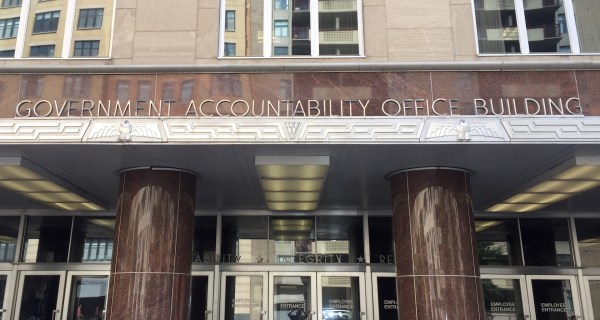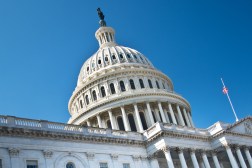For Congress, tech assessment is best done on two tracks, new paper says

Here’s a suggestion for how to increase tech savvy in Congress: Build on the work the GAO is already doing, while creating a specific home for the “squishier” stuff, too.
A new paper published by the Harvard Ash Center for Democratic Governance and Innovation argues that GAO’s Science, Technology Assessment and Analytics (STAA) group should be supplemented with another office that would carve out a slightly different, but complementary, focus area.
Authors Daniel Schuman of Demand Progress and Zach Graves of the Lincoln Network envision this additional office as a new and “more narrowly focused” version of the erstwhile Office of Technology Assessment (OTA). It would also have a different name: the Technology Assessment Service (TAS).
The idea is that STAA would focus on assessing federal R&D spending and acquisitions of emerging technologies — an important task that Graves and Schuman argue is very much in line with GAO’s strengths. TAS, meanwhile, would work on the “squishier” stuff, they say, such as providing advice on regulating the private sector’s use of new technology.
The paper is the latest piece of work to enter the debate around how to make Congress smarter on tech. There is now widespread bipartisan agreement that something needs to change — thanks in part to high profile hearings like those with Mark Zuckerberg in 2018 — but exactly what that change should look like is still a question.
Some, like the Select Committee on the Modernization of Congress and Rep. Mark Takano, D-Calif., advocate for the revival of OTA. OTA provided members and committees with objective, forward-looking reports on the impacts of science and technology developments from when it was established in 1972 until it was defunded and shuttered by Republican leaders in 1995.
Others, concerned about the political baggage the idea carries, prefer another approach.
In January 2019, GAO announced that it would be stepping up its efforts in the tech assessment area with the launch of STAA, its new tech assessment group.
The Graves and Schuman paper takes this evolving debate into account. It’s clear, Graves told FedScoop, that “GAO is going to be a major player.” As such, the paper gives specific suggestions on how to boost STAA — such as giving it a separate appropriations line item and independent hiring authority, for example — as well as ideas for changes that could be made to the OTA statute so that the resulting new organization (the TAS) could work in concert with STAA and others.
While both admit that there are details that remain to be worked out, Graves and Schuman hope to see increased conversation about this issue as Congress heads into its next appropriations cycle.
“We’re seeing a convergence,” Schuman told FedScoop, citing various recent reports on this topic as well as mentions of it out on the Democratic primary campaign trail. This, and the growing political support in Congress, “bodes well,” he said.
“It’s amazing watching it happen.”






